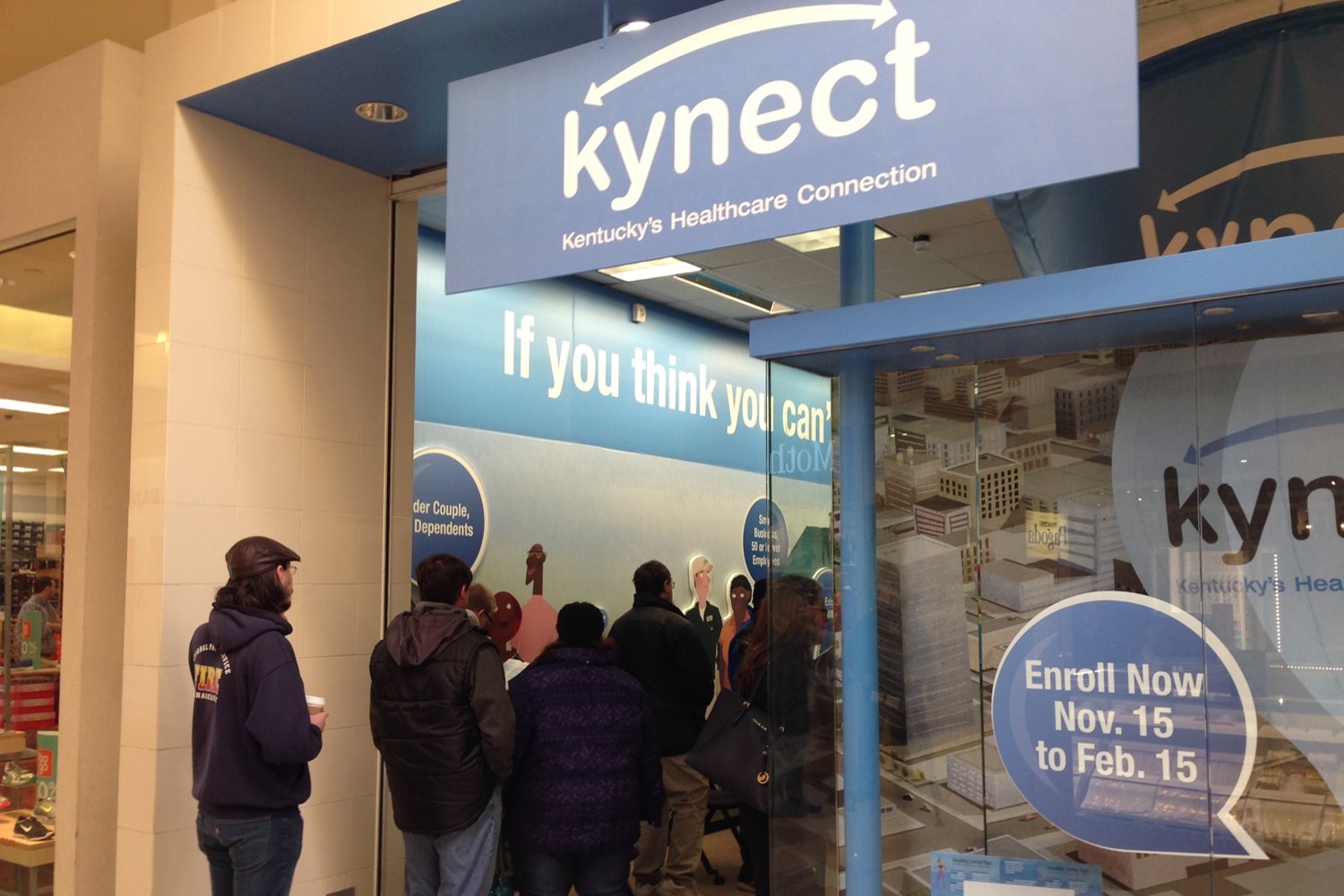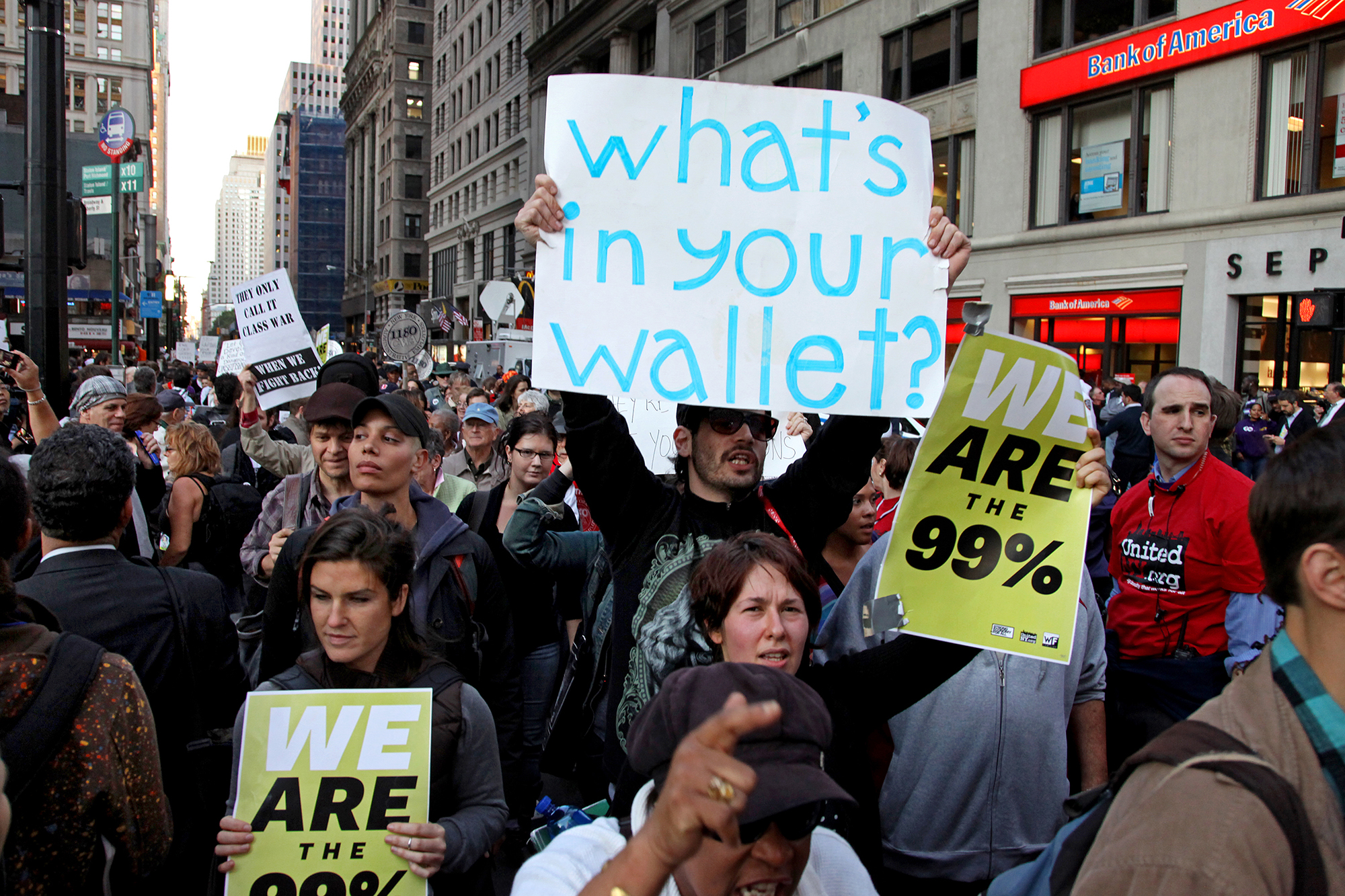Here in the United States, we are obsessed with work. We collectively clock 25 percent more working hours every year than people in Europe. Working hard is still considered one of the top American values, even as longer hours are no longer equated with greater wealth and have been tied to significant increases in adverse health effects such as heart disease, stroke, diabetes, and depression.
This mindset is also reflected in our national politics and apparent in the rhetoric employed by the Trump administration and the GOP in their 2018 budget proposals, which would severely cut safety-net programs.
Get TalkPoverty In Your Inbox
“There’s a dignity to work, and there’s a necessity to work to help the country succeed,” White House Budget Director Mick Mulvaney told CNN at the end of May. Mulvaney added that the United States should measure its success “by the number of people we help get off of those programs and get back in charge of their own lives.”
The Department of Health and Human Services has used the same rhetoric to justify specific attacks on Medicaid. Only hours after she was sworn into her post, Seema Verma, administrator of the Centers for Medicare and Medicaid Services, and her boss, Health and Human Services Secretary Tom Price, sent out letters to all the nation’s governors urging them to impose insurance premiums on Medicaid recipients and provide work incentives.
Statements like these—and other calls to add work requirements to Medicaid eligibility guidelines—ignore the realities of who the program serves and its actual impacts. For those able-bodied people on Medicaid, the majority are already working. And for the 7 million nonelderly adults with disabilities for whom Medicaid offers primary or supplemental coverage, expanded access to Medicaid contributes to higher employment rates.
I’m one of those people. Eight years ago, I completed my master’s degree with one plan in mind: to launch a successful multi-decade career in environmental policy that would require regular overtime, frequent travel, and at least eight hours a day sitting at a desk and staring into a computer. I made this plan despite a history of sporadic health issues that tended to lay me out completely for several days every month, and debilitating headaches a few evenings every week. It wasn’t until a few years ago, when new diagnoses explained my daily struggle with overwhelming pain and fatigue, that I finally admitted to myself that my health status would prevent me from pursuing full-time work. Since then, I have survived by working a patchwork of part-time positions and freelance gigs, which has lowered my income and made me eligible for Medicaid.
And I am not alone.
According to recent data from the Bureau of Labor Statistics, 34 percent of workers with a disability were employed part-time in 2016, compared with only 18 percent of workers with no disability. Part-time jobs in the United States usually pay low hourly wages and tend not to offer crucial benefits such as health insurance: only 19 percent of part-time workers have access to medical care benefits.
For millions of disabled people in this position, the Affordable Care Act has filled a crucial need by expanding Medicaid coverage. Medicaid expansion significantly raised income requirements (by more than double) for approximately 11 million people living in the 31 states and the District of Columbia that adopted it. It also opened up enrollment to some childless adults, and dropped stringent asset limits. This meant that many more disabled people were now able to work—or work more hours and make higher wages, as well as have more savings—than prior to the expansion.
This was confirmed by a collaborative study released earlier this year that found that working-age adults who identify as having disabilities were much more likely to be employed in Medicaid expansion states than in non-expansion states.
“Having access to comprehensive insurance without having to go through a lengthy and demoralizing disability determination process is very important,” says Jean Hall, Director of the Institute for Health and Disability Policy Studies at the University of Kansas and lead author of the study. “Medicaid expansion allows people with disabilities to work more, and accumulate assets, without fear of losing their eligibility for Medicaid coverage.”
The recently-won expansion has been under continuous threat as Trump and Congressional Republicans have tried to follow through on years of promises to repeal and replace the ACA. The most recent effort, the Graham-Cassidy bill, would slash Medicaid funding and allow insurers to charge higher premiums for those with pre-existing conditions. These changes could have particularly severe consequences for people with chronic health conditions who have Medicaid through the expansion.
Kelly O’Brien of Sandusky, Ohio, has myalgic encephalomyelitis, postural orthostatic tachycardia syndrome, and peripheral neuropathy. She works part-time in a bridal shop that offers her flexible scheduling and other accommodations while she builds up a freelance writing business on the side.
“My medications would cost more than I make in a month,” says O’Brien. “Yet without my medication, I wouldn’t be able to work at all and thus wouldn’t have any income.”
Even for those who can work full time and have access to so-called comprehensive health insurance through their jobs, the price of their co-pays and deductibles for treatments to manage their conditions can erase most—if not all—of their income gains.
Take the case of 38-year-old Valéria Souza, who recently moved from Missouri back to her home state of Massachusetts. Souza has multiple sclerosis and was spending an average of $6,000 to $10,000 annually out of pocket on co-pays and deductibles to manage her illness. This was despite having what was considered a “good” health insurance plan with her former position in academia. These expenses comprised between 30 to 50 percent of her yearly income, eventually forcing her to work several part-time jobs in addition to her full-time career and forcing her to work in excess of 60 hours a week to compensate for her financial losses.
“This situation is not sustainable for someone with MS as a long-term life plan,” says Souza. “At some point, I won’t be able to work this much.”
This is one of the main reasons why Souza moved back to her home state: Massachusetts expanded Medicaid, while Missouri did not.
“I would like to know that Medicaid is available to me if and when I need it,” she says. Though, if Graham-Cassidy becomes law, that would threaten Souza’s plans.
For those of us with medical conditions that limit our ability to work full time, Medicaid is often our only option. If our government officials want more of us to have jobs, maintaining and building on Medicaid expansion is one proven way to do that. But if they cut it or scale it back in any way, the consequences for us will be severe.
















